Prickly Lettuce, Wild Lettuce (Lactuca serriola) Herbal monograph uipdate
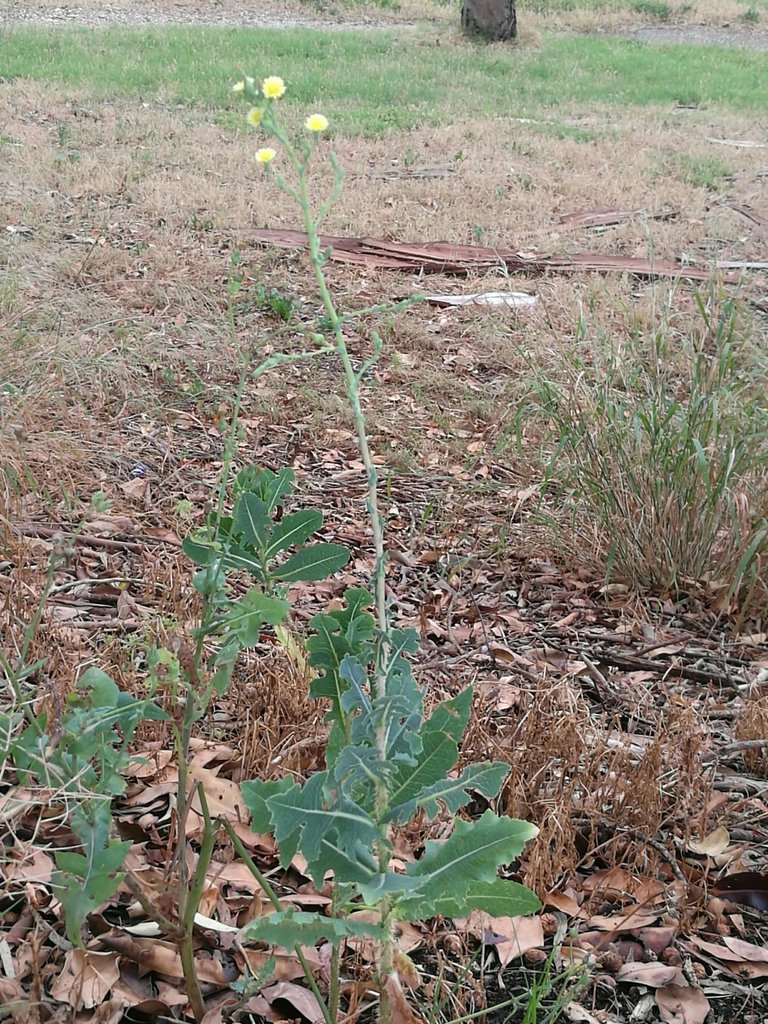

Common names: Prickly Lettuce, Wild Lettuce, Milk Thistle, Compass Plant, Wild Opium, Opium Plant, Wild Ibuprofen.
Taxonomic name: Lactuca serriola
Family: Asteraceae
Related herbs: Lettuces, Thistles
Area of origin: Eurasia, Africa
Can be used for: inducing sleep, relieving pain
Actions: soporific, expectorant, demulcent, diuretic, laxative, sedative
Taste: bitter, acrid, moist
Tissue states: constriction, depression, excitation
Energetics: cooling, moistening, dispersing
Healing constituents: lactucin, lactulone, lactupicrin, lactucic acid, trace opiates, terpinoid bitters, sesquiterpene lactones, coumarins, alkaloids, flavonoids, resins, hyoscyamine,
Warnings: It’s very prickly! Too much can give you diarrhoea. You may oversleep or sleep through your alarm after taking tea or tincture before bedtime. Prickly Lettuce is only for short term use. Caution if using with other sedating medicines, including alpha-blockers, anesthetics, analgesics, tricyclic antidepressants, antiemetics, antiepileptics, beta-blockers, and hypnotics as it can magnify their sedating effects.
Description
Prickly Lettuce is easy to identify, even amongst the other thistles that often grow around it. The flat leaves are held upright and along their central spine is a row of prickles that give it it’s other common name ‘Prickly Lettuce’. Usually it grows to a little over a metre but this year, I saw some that easily tripled that!
It is an annual or possibly biennial weed (I’m seeing the latter dominate over the last couple of years). Alternate, wide, flat leaves with toothed margins. Lower leaves are much larger than stem leaves. Bright yellow flowers are borne above the leaves and form the ‘dandelion’ like seed heads that are characteristic of its family, Asteraceae.
All parts of the plant exude a white sap when damaged. The sap is very bitter.
Medicinal use
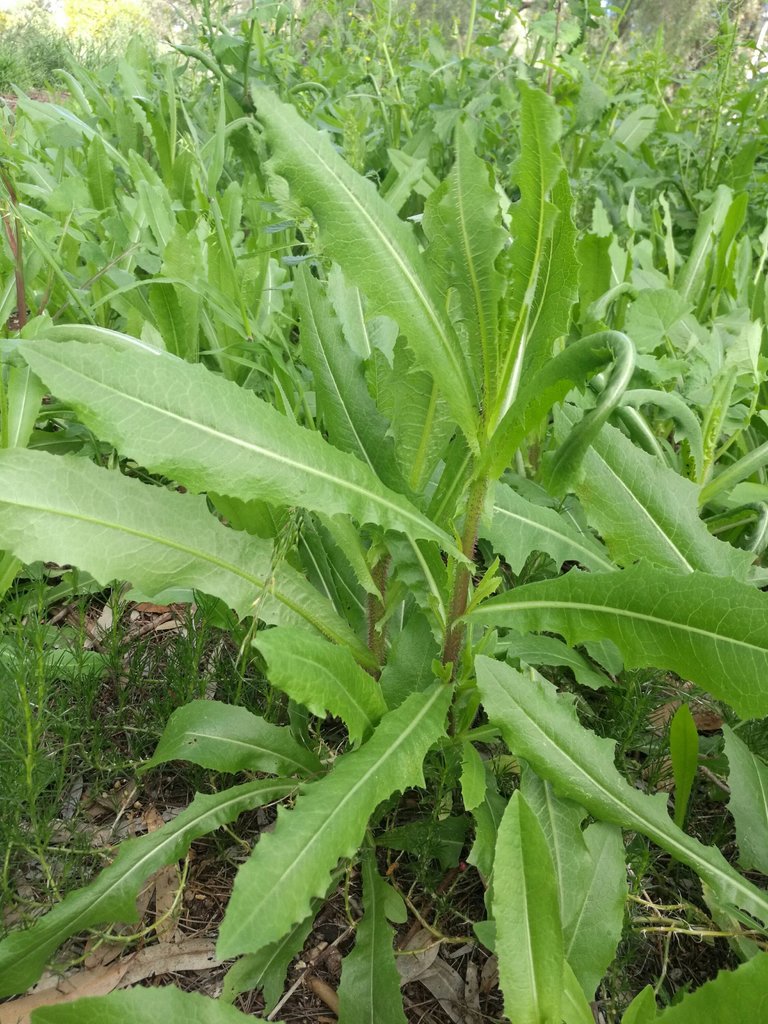
Prickly Lettuce (Lactuca serriola) is the first herb that comes to my mind when I think of pain. It is such a good painkiller that it has a reputation for containing opiates. It’s called ‘Wild Opium’ or ‘Wild Ibuprofen’ in some circles
As with a few of the herbs we have in Australia, ours isn’t the herb of the same name in the Northern hemisphere, that one, in this case is Lactuca virosa. There isn’t a lot of difference for our uses. The real difference comes when it’s time to harvest. L. virosa has more of its white sap in the stems, so it’s easier to harvest mechanically. L. serriola has the sap distributed throughout its leaves and veins, making it too sticky to harvest by machine.
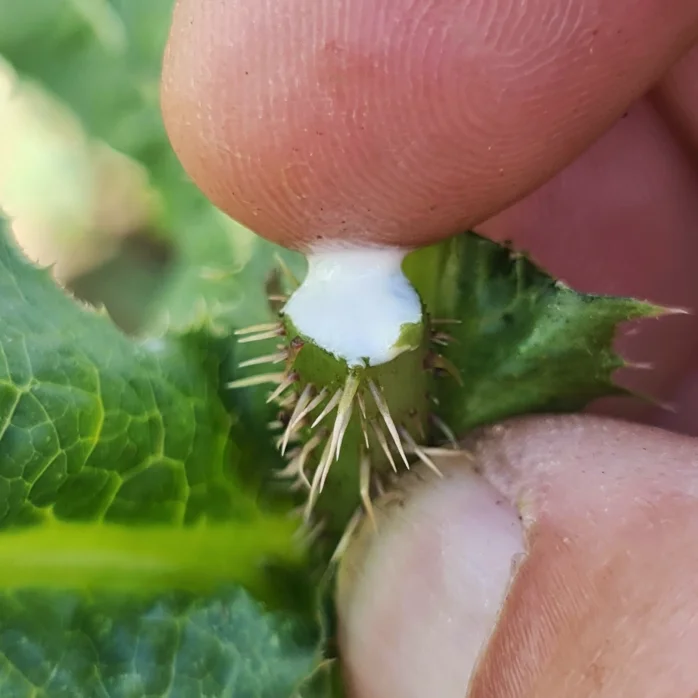
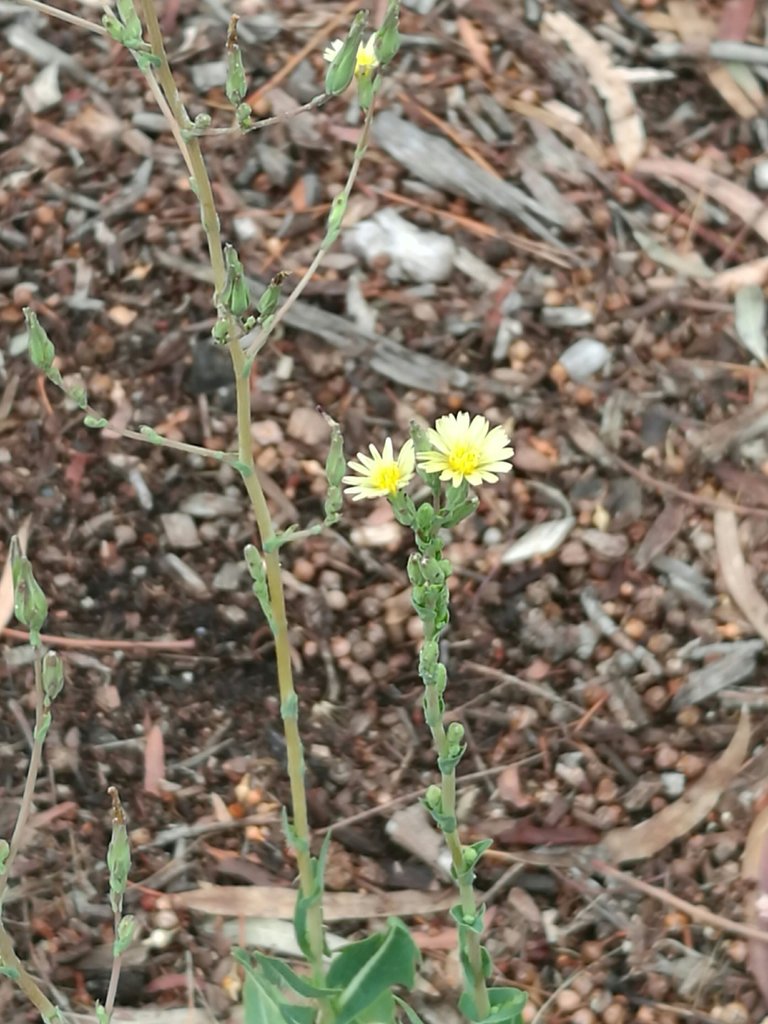
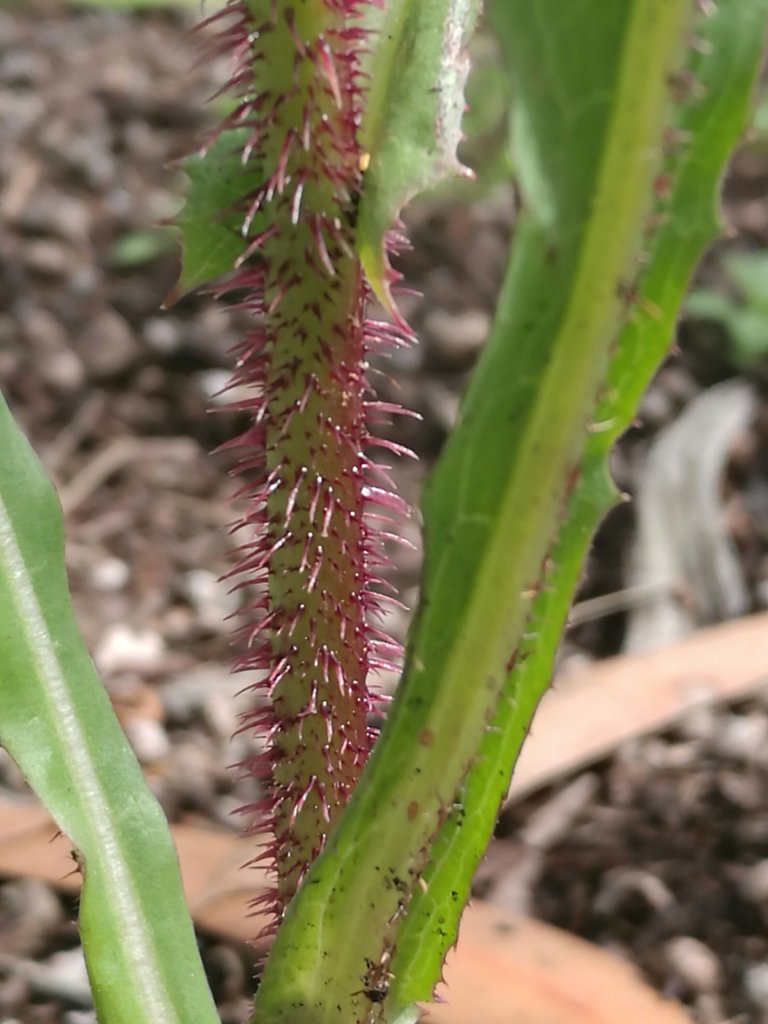
As with most other thistles, Prickly Lettuce leaves and stems contain a bitter, white sap, called ‘Lactucarium’. This is where all the goodness is. Bitters stimulate a lot of processes throughout the body, not the least being the secretion of gastric fluids to help digestion, giving energy and fire to sluggish conditions. It is a dispersing plant, energetically and well suited to pain caused by tight, almost frozen muscles, especially in the chest where it helps to disperse that rigidity. In this sense, too, it is an anti-spasmodic, relieving the tension of the spasms such as in coughing fits.
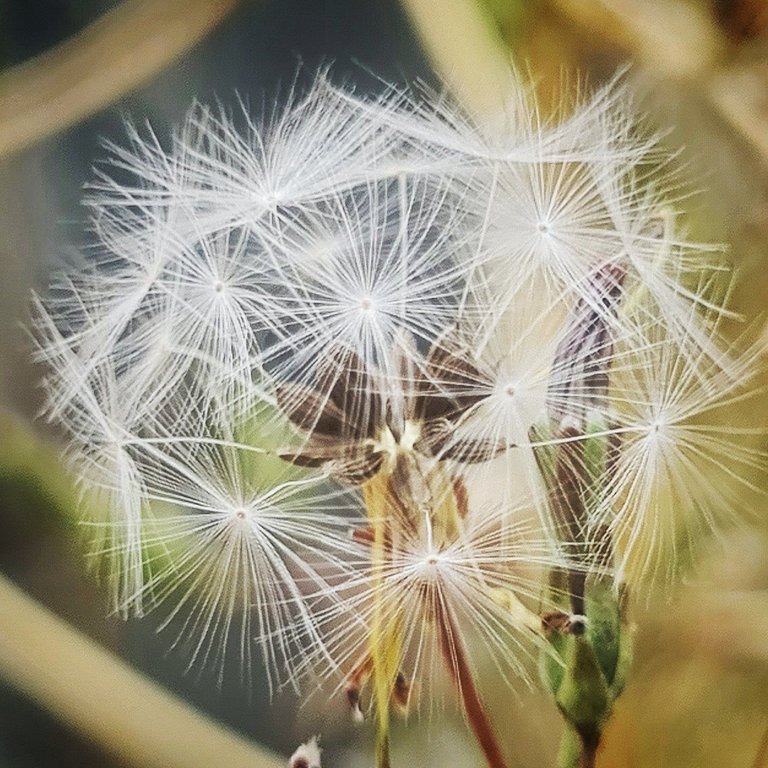
The most interesting components of the sap are two bitter chemicals, lactucin and lactucopicrin. They are bitter substances that act on the central nervous system, producing pain-relieving and sedative effects. Personal experimentation has shown that a tincture of it is quite effective for minor aches and pain and to induce sleep. A tea brewed from the dried leaves works well to relieve pain too and induces a good night’s sleep. Be careful, though and make sure that you set an alarm in the morning – you could sleep in!
American herbalist, Matthew Wood, recommends using Wild Lettuce as a remedy for negative thinking, for the type of person who sits and thinks the worst before it happens, who are robbed of motivation by this kind of thinking.
I can see this in its physical form, its ‘signature’. The leaves are upright and the plant leads the eye to its bright yellow flower, but to get there, you need to get past lots of prickles and a very vertical form. just like the kind of prickles in life and hard climb that the Wild Lettuce type of person needs motivation to overcome. The taste is bitter, something that many folks shy away from – another test to overcome before realising that life isn’t all struggle, but that many struggles do need overcoming in order to experience joy.
As a very bitter herb, it is suited to all kinds of digestive issues, especially those that relate to the liver and gallbladder (which, I think is most of them). Prickly Lettuce is recommended for short term use only, after which a formulation of other herbs suited to the condition is suggested.
Preparing and using
Harvest Prickly Lettuce just when the flower heads are forming but before flowering. That’s when the sap is at its bitterest and most potent. It can be a biennial weed so in your area, you may get two shots at harvesting! I use all of the above ground parts and if the roots come up and are easily washed, I use them too.
If you’re in a hurry, just pull off a few leaves or flower buds and chew away. It tastes bad but is very effective.
The whole plant dries easily and if I’m feeling lazy or have collected a lot of plants (both of which are very common) , I’ll wash the plants, then hang them whole to start the drying process. It seems to work well. I don’t like to leave them until the whole plant has dried because the leaves dry much faster than the stem. A good tip is to pull the dry leaves off of the stem once theý’re ready and continue drying the stem. Cut the stem before it’s completely dry and there’s still some give – they become very hard and can be difficult to cut if allowed to dry completely.
I like to tincture fresh Prickly Lettuce in 60% alcohol at a ratio of 1:2. Most of the constituents are alcohol soluble and there are some water soluble goodies in there too, so it makes a good infusion (very bitter). I haven’t tried it externally as an oil yet.
Traditionally (I think it is more with L. virosa), the stem was cut and the milky sap collected, then rolled around between the harvester’s fingers until a small pill formed. These pills were then collected and stored for later use.
Some of you may have seen that I've been writing a series of posts about making herbal remedies at home and adding heaps of new information to the herb monographs. I want to share what I know of this topic so that, as the world gets crazier, folks will have other avenues of medical care, namely those of themselves and their community. If you look back over this blog, you can see heaps of info on the topic, plus loads and loads of posts on herbs and using Australian bushfoods from a white perspective. If you haven't been around on in the @hivegarden and @naturalmedicine communities for long, you may be interested in looking back. There's w-a-a-a-a-y too much there for me to repost and the Hive system doesn't let you vote on old posts so, if you're happy with what you find, I believe that there is now a tip option...






I recognise these, see 'em all over the place! Thanks for the valuable info 🙂
No worries! I hope you get to use some.
I am growing this plant for the first time this year, so this was a timely post!
Great!
SO it is a type of sedative? nice
Want to Know more about Hivepakistan?
Ping Us On Hive Pakistan Discord server
To support HivePakistan, delegate Hive Power to hivepakistan and earn 90% curation reward :)
Here are some handy links for delegation
A delegation of 500 or more HP makes you earn Hivepakistan supporter badge.
Yes, it is very relaxing. Thank you!